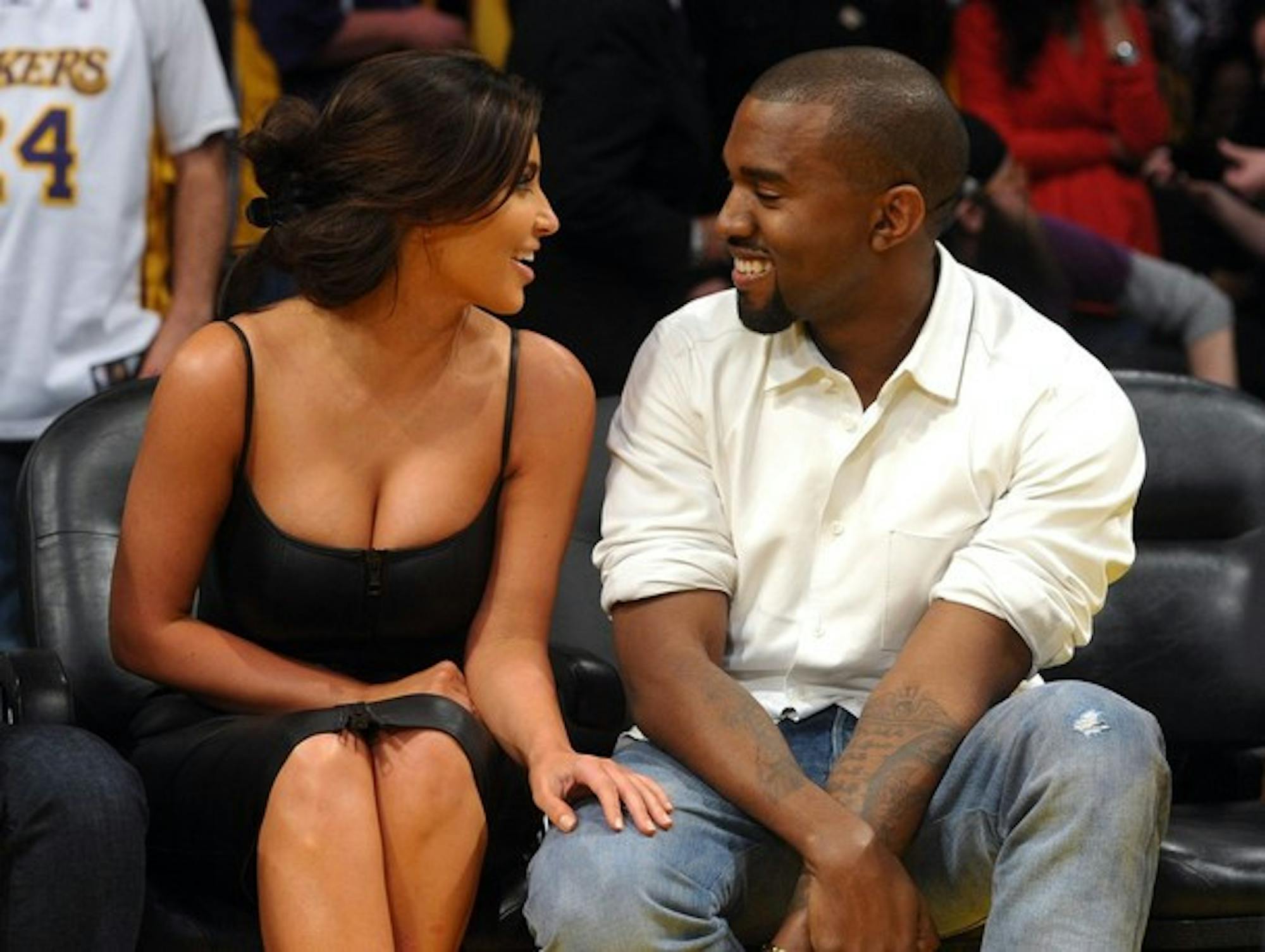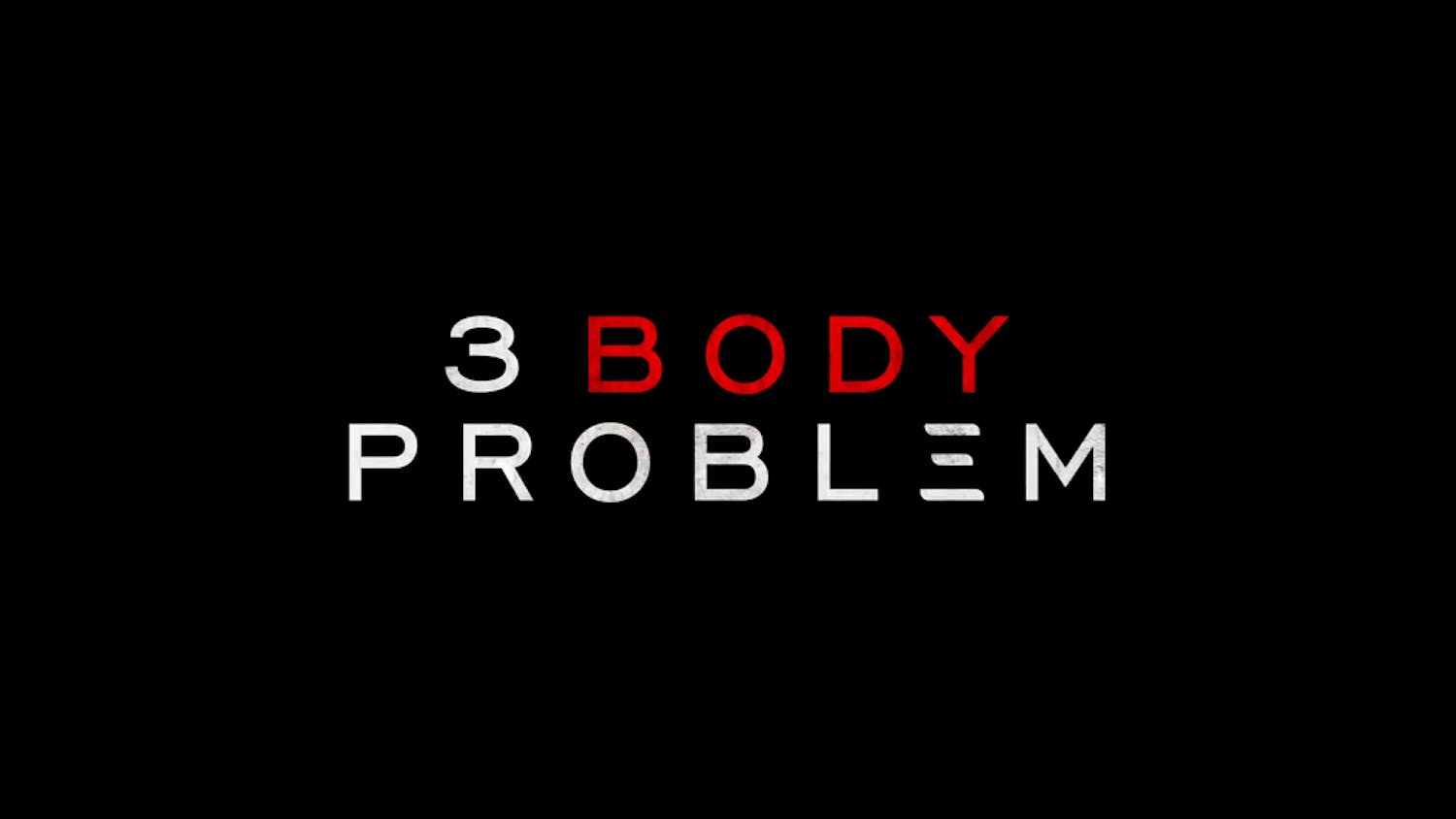It took the internet by storm. Granted, its fame was not unprecedented for cultural memes, but something was different about this phenomenon. People had no control over how they perceived it -- their perceptions were totally unadulterated by social and cultural filters, relying solely on how their brains interpreted what their eyes showed them. So, was it blue and black or white and gold?
The “it” in question is the dress that began tearing across social media and in turn practically the entire world wide web, in late February. Rather, the “it” is the horrendously lit, awkwardly framed close-up shot of the striped dress worn by the mother of the bride at a Scottish wedding. The poor composition of the photo made the dress’s coloring rather ambiguous, so viewers either saw a blue and black dress or a white and gold dress, depending on how their eyes and brain made sense of the awkward color balance in the picture.
What is unambiguous is how huge the dress debate became. Both Tumblr, where the image was first posted, and BuzzFeed, which churned out article after article about it, had record traffic due to the image.From there the image spread like digital wildfire along with its hashtag, #TheDress.Sources as diverse as The New York Times and Wired reported on the dress. Yes, BuzzFeed, which publishes cultural backwash and fun quizzes, The New York Times, an international leader in news publication and Wired, a magazine focusing on technology, all ran pieces on the dress. In fact, they ran multiple pieces each where they analyzed and over-analyzed the image to death.
People love to argue about the unimportant -- illusions are the epitome of this genre of minutiae. These things fascinate us because they are insurmountable, because they are the result of how our brains are wired. However, such things do not deserve the attention this dress has gotten. The internet is a diverse forum, and when everyone bandwagons onto the same topic and talks about the same banal thing, the internet loses its purpose, which is to be a source of information.
#TheDress may not have crowded out other information, or maybe it did, but the point is more that the Washington Post does not need to publish fivearticlesonthedress, or that the New York Times does not need to quote psychologists to officially remind its readers that everyone’s brains work differently.The New York Times even had its graphics department draw up some examples of what the dress might look like in different lighting. Congress was chiming in on the debate too -- perhaps one of the only unpolitical debates it will participate in for the foreseeable future.
Maybe the banality of the debate is what makes it so popular; after all, it is hard to imagine how anyone can become offended by the debate (unless, of course, it gets personal). Enter the Salvation Army, whose South African division published an advertisement in the Cape Town newspaper portraying a beautiful young woman in a white and gold dress and covered in black and blue bruises with the caption "Why is it so hard to see black and blue?" The ad makes several important points.
One point that the ad makes can be to remind people that, while everyone goes head over heels over #TheDress, larger cultural and societal issues, such as (but definitely not exclusively) domestic violence, still exist -- issues that, unlike how the brain processes sensory information, can be changed.
Since #TheDress drew everyone in with its gravitational pull, the company behind the dress, Roman Originals, saw the dress become 60 percent of the company’s sales last Friday, according to the New York Times. Celebrities have already been seen wearing the infamous threads in public, with one American Idol contestant wearing the dress during her performance. Of note is that, as opposed to the opulent gowns fussed over by arts critics and tabloid writers at celebrity pageants like the Oscars, this dress is accessible and retails for around 50 pounds ($75.50). The fashion world may pivot as a result of #TheDress’ apparent success, with the internet replacing the runway.
In any case, Hurricane #TheDress has come and gone. She did some damage when she came in but may have done some good for the long run -- time will tell. And for those still interested, the dress is officially blue and black.
Reflecting on #TheDress

Kim Kardashian and Kanye West weighed in on the debate over #TheDress as the question of whether the dress was blue and black or white and gold took the internet by storm.





